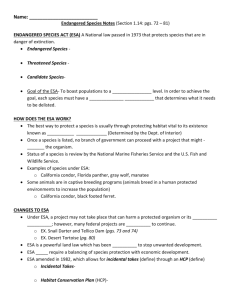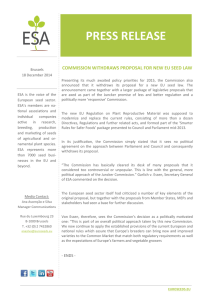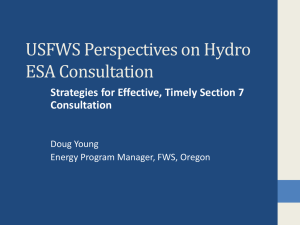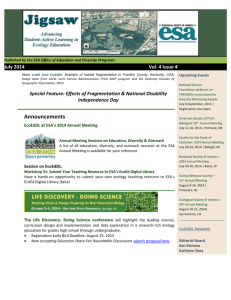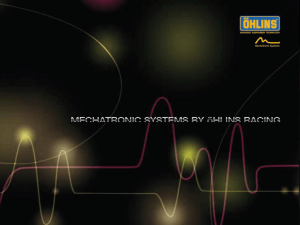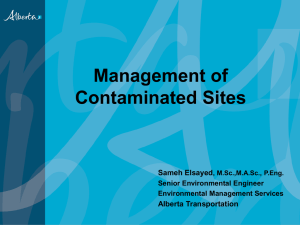8 Phase I ESA
advertisement
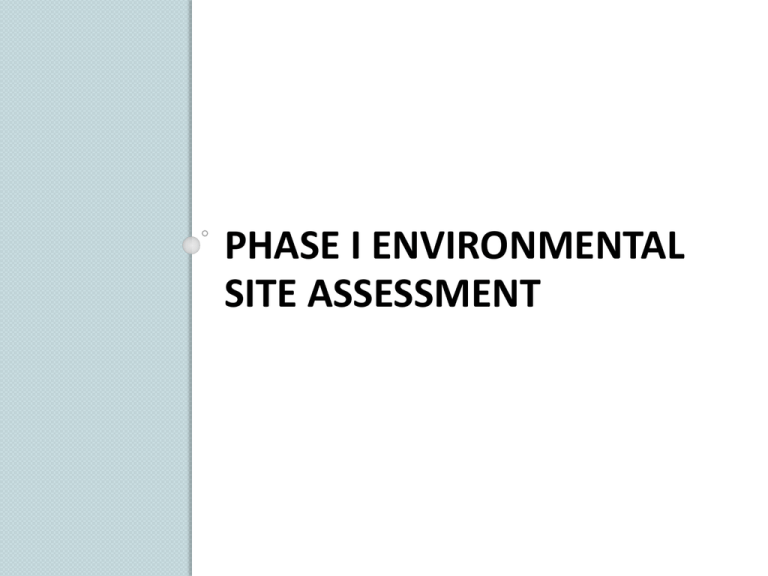
PHASE I ENVIRONMENTAL SITE ASSESSMENT Site History – Required Information Aerial Photographs Detailed site specific review and discussion ◦ Identify land use and site configuration ◦ Potential sources of contamination Areas of excavation Drum storage UST system, pumps islands Changes to streams Other suspect areas 1949 Proctorville 1983 Proctorville Fire Insurance Maps Detailed maps showing potential source areas, types of activities & location of activities Maps drawn to 1 inch = 400 feet May be obtained from commercial search firm, libraries, historical societies, universities Ohio Link Media Center site http://www.oplin.org/content/sanbornmaps 1904 Walbridge Park 1936 Walbridge Park 1951 Walbridge Park City/County Directories Lists tenant at the address by year Sources ◦ Commercial search companies Dependent on company’s contracts with directories ◦ Local libraries ◦ University libraries ◦ Historical societies Site Ownership List grantee and grantor by year ◦ List current owner and their grantor first List transaction date State land use or lease tenant if provided Do NOT conduct a title search Site History – Supplemental Information Property Deeds Leases Sale of USTs system or other equipment of concern Any environmental liens Deeds to be included in appendices County Atlases & Plat Maps Shows site ownership and property boundaries May include drawings of exterior of manufacturing facilities Plat maps may contain locations of historic landfills, manufacturing and commercial activities Plat maps as maintain by counties Atlases are available from libraries, counties, historical societies & database search firms Include raw data in appendix Historical USGS Topos Show site buildings and development Changes in elevation on sites Show mining areas Large storage locations Include raw data in appendix Property Cards & Tax Files Current and past ownership Appraisals Maps/sketches of site Photos Include raw data in appendix Building Permits Building construction Building modification Equipment installation Equipment modification Include raw data in appendix Local History Local historical groups write history of area Typically includes discussion of local businesses Pictures of local businesses Include raw data in appendix Regulatory File Review Regulatory File Review Discussion of a site’s regulatory history ◦ Discuss all regulatory records by site and not by business or parcel Obtain files from BUSTR, OEPA and/or USEPA ◦ Do not conduct another regulatory database search Regulatory database is NOT a substitute for a regulatory file review unless directed by ODOT Basic questions What is the site contamination Where is the contamination located Has the site delineation been completed Are there any open regulatory issues What are the deed restrictions Is there an Operation and Maintenance Plan Are there institutional/engineering controls Regulatory File Review Soil and groundwater analytical data Mapping showings source areas, monitoring wells/boring locations, etc. Institutional/engineering controls Selected remedy Remedial equipment and their location RCRA Closures Documentation for regulatory issues, deed restrictions, Regulatory File Reviews VAP Phase I, Phase II, Covenant Not Sue, Operation and Maintenance Plan Documents showing no additional investigation/remedial work required by regulatory agency Other information as appropriate for the site from the regulatory file May include files from local agencies Place raw data into appendix by site Interviews Interviews Current tenant ◦ Conducted with current store/business manager for the site ◦ Because site owned by large corporation that doesn’t respond to mailed questionnaires is not an excuse to skip the owner/tenant interview Current property owner Adjacent tenants and/or property owners Local officials Include raw data in appendix Interviews Methods During site reconnaissance By phone Mailed questionnaire May use all 3 for site Document interviewee, association with site, length of time associated with site, and information from interview If refuses, document attempts and refusal Site Reconnaissance Site Reconnaissance Detailed inspection of site for evidence of contamination and/or potential contamination Property owner notification highly recommended If access to site denied, contact DEC ◦ ODOT will obtain access or provide direction for the site ◦ Required for whole takes Site Reconnaissance, cont. Note locations of potential contamination such as: ◦ UST systems ◦ Drum/battery storage, number and drum contents or type of batteries ◦ All other chemical storage areas with chemicals specified, number of containers, their contents and amounts ◦ Monitoring wells/apparent soil borings ◦ Disposal areas ◦ Areas where chemicals are used ◦ Oil/gas wells Site Reconnaissance, cont. Note electrical transformers if owned by site owner ◦ Typical for large manufacturing site ◦ Becomes an acquisition issue If buildings to be acquired, then they must be accessed and included as part of site reconnaissance Pictures should be taken of all areas of concern and included in the appendix Site Reconnaissance of Adjacent Sites Viewed from subject site or ROW Discussion should be in relation to proposed ROW If site was investigated as part of ESA Screening and was not advanced to Phase I ESA or a Phase I ESA is being conducted, do not provide a detailed discussion of the site Special Items ESA/NEPA issue only if it is a disposal issue Asbestos ◦ Discuss if potentially asbestos containing material has been disposed of on a site Wrapped utility pipe laying underneath bridge Lead paint ◦ Paint chips or black sand (Black Beauty) found on ground Mapping Mapping Map showing project location Provide map locating all Phase I ESA sites Aerials should note the project and the Phase I ESA sites Site diagram showing all current and historical potential source areas and the proposed ROW Include most current plans Conclusions & Recommendations Conclusions & Recommendations Provided on a site specific basis Based on detailed historical use, current use and regulatory information and the amount of proposed ROW For historical BUSTR sites, document last apparent use of USTs ◦ If use discontinued after November 8, 1984 considered orphan tank Recommendations If Preferred Alternative has not been selected, will go to Phase II ESA Work Plan ◦ Recommended sites for Phase II ESA by alterative but do not provide site specific sampling and testing recommendations If Preferred Alternative has been selected, include number and location of soil borings/monitoring wells, analytical testing, in relation to the proposed ROW Recommendations, cont. Borings/monitoring wells are to be placed close to potential source areas if possible Regulated sites that have been previously investigated typically are not advanced to Phase II ESA Plan notes may be recommended based on analytical from regulatory file ◦ Compare analytical to BUSTR PCS reuse levels or VAP residential levels ◦ Do not recommend soil reuse for a site Don’t know if additional soils needed for project Recommendations, cont. Landfills require a 27-13 permit from OEPA prior to Phase II ESA, geotechnical investigations and construction Phase I ESA Updates Phase I ESA Updates Decision for Phase I ESA Update is project specific ◦ Not dependent on AAI tame limitations District requests determination from OESESA Unit Districts monitors projects and notifies the ESA Unit if there have been significant changes QUESTIONS?
